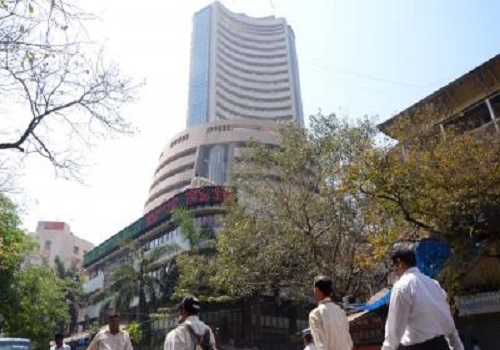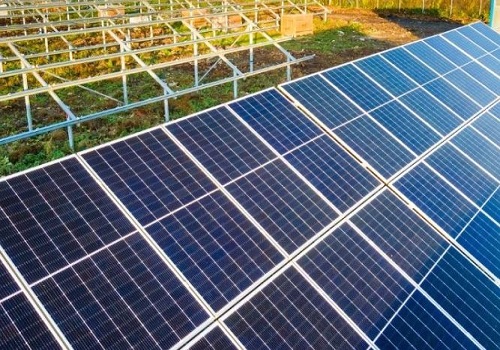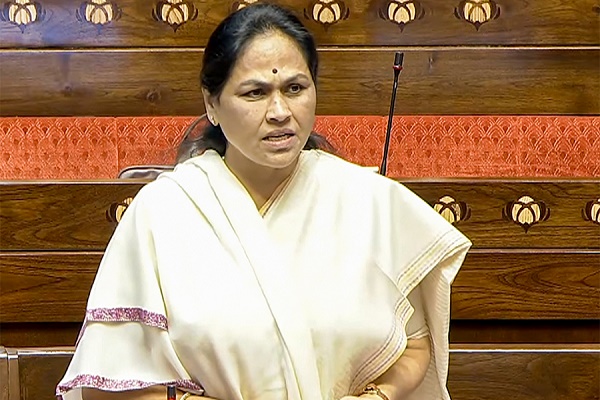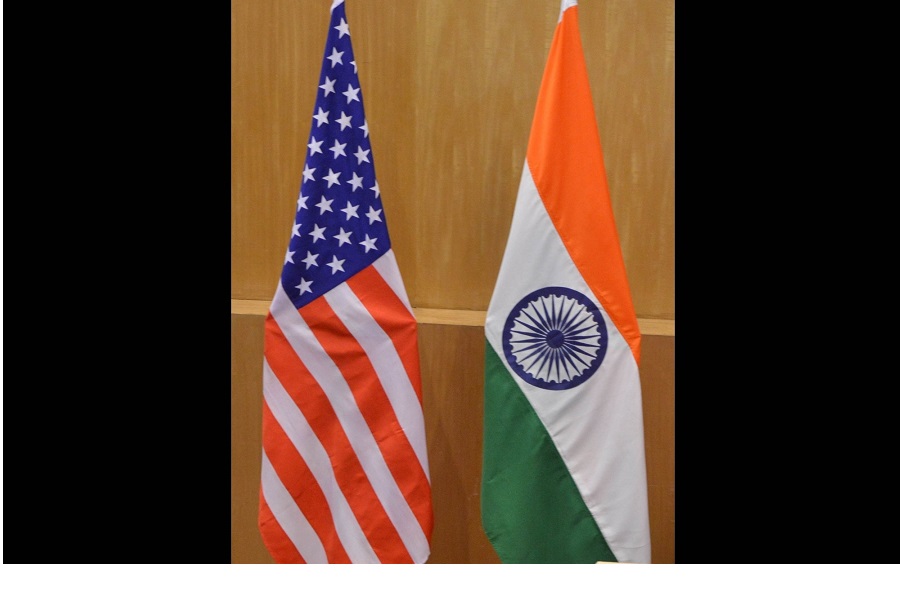Merchandise Trade : Supply chains taking shape in anticipation of trade deal By JM Financial Services

Supply chains taking shape in anticipation of trade deal
India’s trade imbalances narrowed to normalised levels of USD 21.9Bn in May-25, mainly due to the sluggishness in imports while exports remained flat sequentially. Overall trade activity was dragged by the weak trading activity in oil. While the resilience in Non-Oil Non-Gold imports signals favourable domestic demand environment. Amidst the policy flip flops in the US and the uncertainty around the trade deal, global supply chains have started taking shape. Share of US in India’s trade activity has improved at the cost of China, Russia and Saudi Arabia. We believe that the trade deal with the US would be the precursor for optimal functioning of global supply chains. As of now we continue to expect India’s CAD to deteriorate to 1.1% of GDP in FY26.
* Trade balance improved: India’s merchandise trade deficit narrowed to normalised levels of USD 21.9Bn in May-25 vs USD 26.4Bn in the previous month. Exports continue to remain week (-2.2% YoY, 0.6% MoM) while the steep sequential decline in imports (- 1.7% YoY, -6.6% MoM) cushioned the trade balance to normalised levels. Our assessment of India’s trade activity during Jan-Apr’25, reveals that share of US in India’s exports continues to rise while share of Netherlands, China and Saudi Arabia declined (Ex 2). Even in case of imports, share of China declined along with Russia, Saudi Arabia and Iraq while share of US and UAE improved (Ex 3). We believe that clarity on trade deal would decide the new trading arrangements across the globe, impacting the supply chains and the trade balances. As of now, we are building in deterioration in India’s Current Account Deficit to 1.1% of GDP for FY26.
* Oil trade drags; Core imports remained resilient: At USD 38.7Bn, India’s exports inched up marginally (0.6% MoM), indicating the sluggishness in the global demand environment. Exports were majorly dragged by sharp sequential decline in petroleum exports (23.5% MoM), which forms 1/5th of total exports. Pharma exports remained weak (-0.4% MoM), while Electronic goods (23.8% MoM), Chemicals (18.4% MoM) and Engineering Goods (3.9% MoM) gathered momentum. The drag on the imports side was led by Petroleum and Crude oil imports, which recorded a sharp sequential decline of 28.8% MoM. There is a clear shift in the sourcing of crude oil by India, while the share of Russia has been consistently declining from 44% in Sep-24 to ~28% currently, the share of US more than doubled to 12.9% in Apr-25 (Ex 5). Ex 6 shows that the price of crude oil follows demand as it has moved in tandem with the volume of imports. Amongst the top five categories, imports of machinery (7.3% MoM) and chemicals (4.5% MoM), recorded decent growth.
* Services surplus moderate to USD 15.3Bn in May-25: Preliminary figures indicate that India’s Services surplus moderated to USD 15.3Bn in May-25 vs USD 15.9Bn in the previous month. Services exports of USD 32.4bn declined -1.4% MoM while imports of USD 17.1bn (1.4% MoM) gained momentum. We are building-in growth of 12% in services surplus in FY26 to USD 212Bn, which would cushion the overall trade balance in the upcoming fiscal as well.
* Expect CAD at 1.1% of GDP in FY26: Amidst the policy flip flops in the US and the recent agreement with China on the framework of the deal, there have been conflicting statements on the deadline (9 th July). While the US Treasury secretary signalled on shifting the deadline further, President Trump indicated on setting unilateral tariff rates, which is fuelling uncertainty. Media reports indicate that the trade deal with India is in final stages and is likely to be concluded within the set deadline, wherein India is seeking full exemption from the reciprocal tariff (26%). While the trade deal with European Union is likely to be concluded by the end of current calendar year. During the recent escalation in geo-political tensions between Iran and Israel, the INR faced depreciation pressure (0.8%), as FII flows revert (-3Bn) and Crude oil price spiked 11% in a week. We believe that the global uncertainty would only be laid to rest with the finalisation of trade deal, post which the supply chains would function optimally. As of now, we continue to expect deterioration in India’s CAD to 1.1% of GDP in FY26.
Please refer disclaimer at https://www.jmfl.com/disclaimer
SEBI Registration Number is INM000010361
























